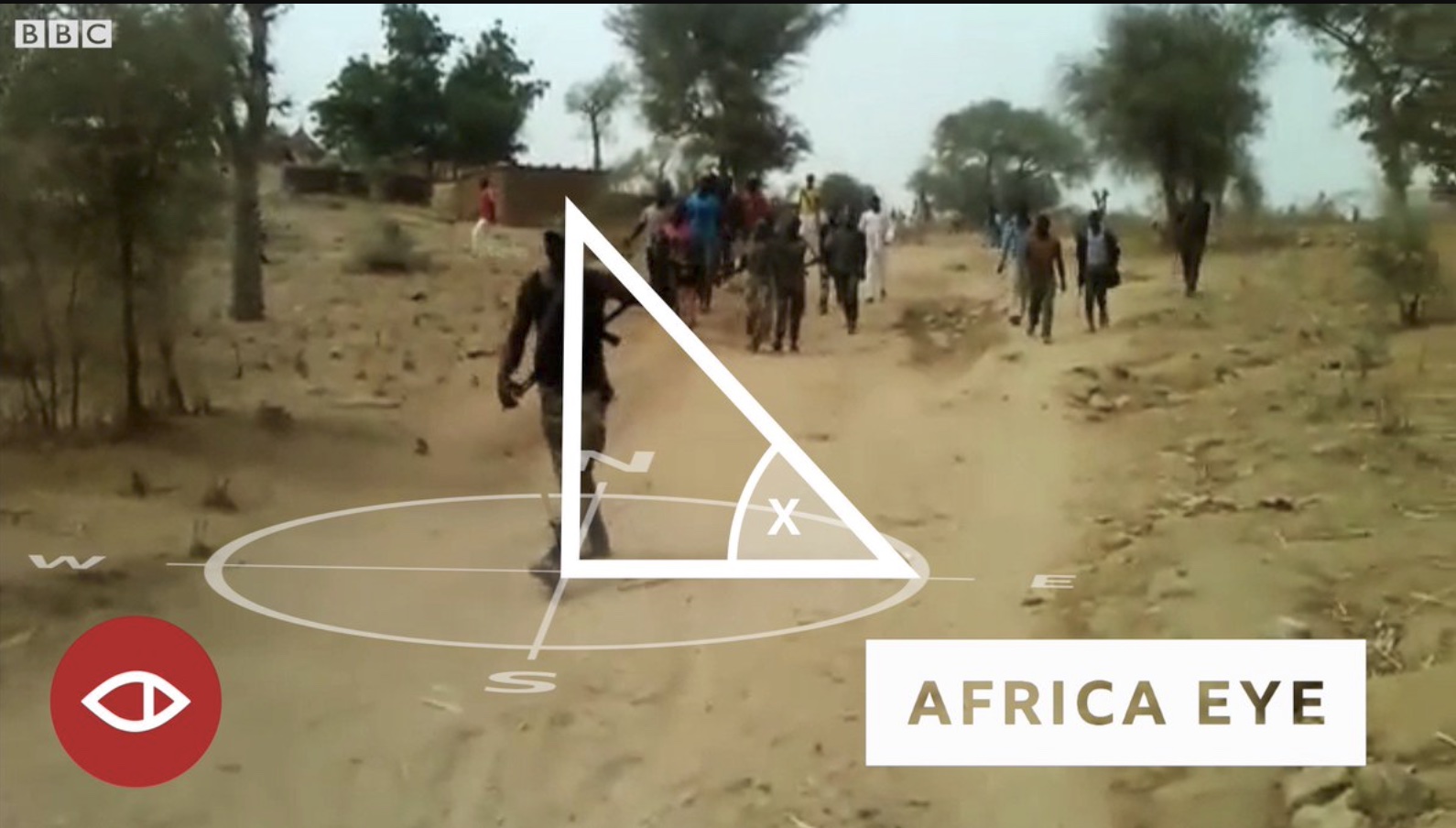
🏆 Recognizing #StoriesThatMatter. Never miss a newsletter! Sign up and have #PeabodyFinds delivered to your inbox.
The Power of Interactive Journalism
Technology has allowed for some journalistic work that would have been impossible two decades ago: investigating a military-backed execution caught on video, predicting future hurricane damage, even getting banned information to countries under strict press restrictions. If you want to feel good about journalism—awed by meticulous reporting, smart detective work, innovative storytelling, and true bravery—these interactive media projects are where it’s at.
Journalism is in crisis, with media outlets shrinking and disappearing at alarming rates and, not coincidentally, trust in reporters at all-time lows. But one area of journalism is growing, thanks to advances in technology: interactive and technology-assisted journalism. These unique projects help us to understand complicated stories in ways that mere words and video cannot do alone, and, it must be said, are just so cool, as you’ll see if you check out the projects below. Here are just a few Peabody honorees that embody the best in what this new frontier has to offer.
‘Anatomy of a Killing’ (2018)
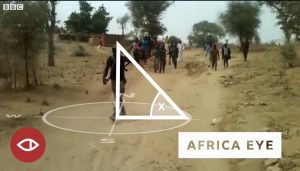
A video circulated online showing men in military fatigues executing two African women and their two children, but it seemed, at first, impossible to definitively identify where and when these murders took place, much less whom the perpetrators were. BBC Africa Eye took on the investigative challenge with astonishing rigor, using computer imagery to match the landscape to a specific region in Cameroon, employing satellite footage and even the shadows cast by the sun to narrow down the time range, and, finally, identifying the Cameroonian soldiers responsible. Though the Cameroonian government initially shrugged off involvement in the crime, BBC’s exhaustive work led to the men’s arrest. The 11-minute video segment showing the team’s work is like the best crime thriller with major real-life implications.
Where to Watch: BBC News Africa
‘Hell and High Water’ (2016)
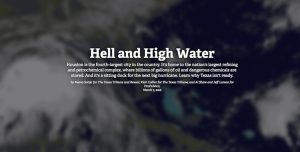
This 2016 piece, from The Texas Tribune and ProPublica, used interactive maps to show what would happen if a Class 5 hurricane hit Houston—essentially predicting what did happen the following year with Hurricane Harvey. The work brings together on-the-ground team reporting, climate science, digital mapping, simulations, and photography to point out vulnerabilities in the region and point the way toward ways to prepare for future weather events as climate change puts the Texas coast in ever-increasing danger.
Where to View: ProPublica
‘Inheritance’ (2015)
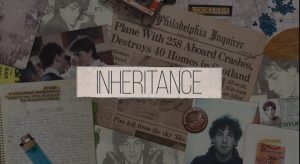
Journalist Ken Dornstein shares the box of artifacts his brother David left behind when he died in the explosion of Pan Am flight 103 over Lockerbie, Scotland, in 1988. Through photos, audio, video, and text, Ken paints a deeply personal and specific portrait of David, a struggling writer, an artistic soul who would take his kid brother on an impromptu trip to a mushroom museum or to take photos at a Revolutionary War site. In one startlingly intimate moment, Ken shares the box of personal effects David had on him during the crash, returned to the family later by authorities—Crest Tartar Control toothpaste, Dunhill cigarettes, 38 cents. “You can smell the disinfectant they used to try to clean them up before returning to us,” Ken writes. “It became a smell I sought out. It sounds like a macabre ritual, but there was something about these objects. This was him.” (And for a deeper dive on Ken Dornstein’s work to preserve his brother’s legacy and investigate flight 103, read this New Yorker profile.)
Where to View: Frontline
‘Reeducated’ (2021)
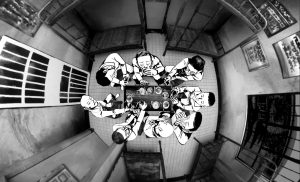
This 360-degree VR film brings viewers directly into the brutal experiences of three former detainees in China’s Uyghur “re-education” camps, animating their recollections of imprisonment, torture, propaganda-filled classes, and even an emergency appendectomy with no anesthesia. This skillful re-creation fills an important void, providing a kind of video footage of these atrocities when very little exists, a lack that has hampered news coverage of this humanitarian crisis. The straightforward narration, taken from the interviews, combined with the simple, black-and-white animation results in a haunting portrait of life inside a modern internment camp.
Where to Watch: The New Yorker
The Uncensored Library (2020)

The Uncensored Library is an ingenious workaround to get censored news out to people in countries with limited press freedom: It uses Minecraft, a worldwide 3-D game that allows users to create their own worlds out of blocks and interact with other players’ worlds. Reporters Without Borders simply built a virtual library—rendered as an actual building—full of crucial work from journalists in oppressive countries such as Saudi Arabia, Russia, and Vietnam. Anyone who downloads the library’s map or connects to its Minecraft server can visit and read.
Where to Visit: The Uncensored Library
